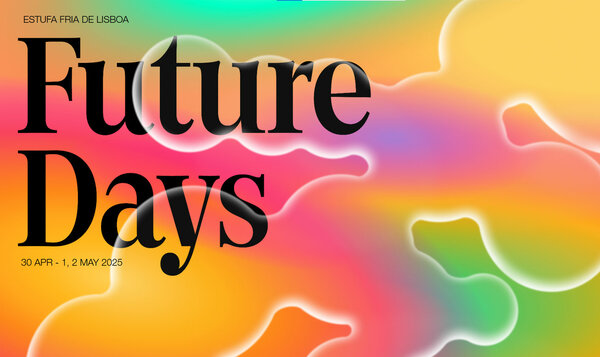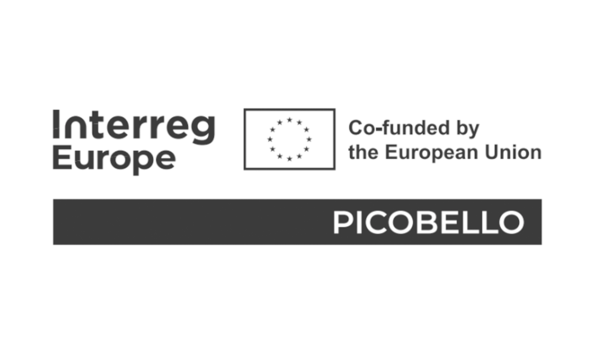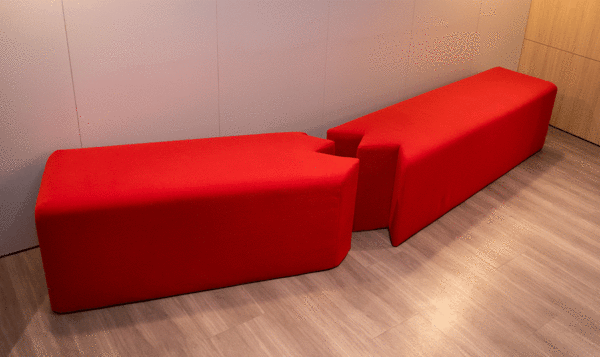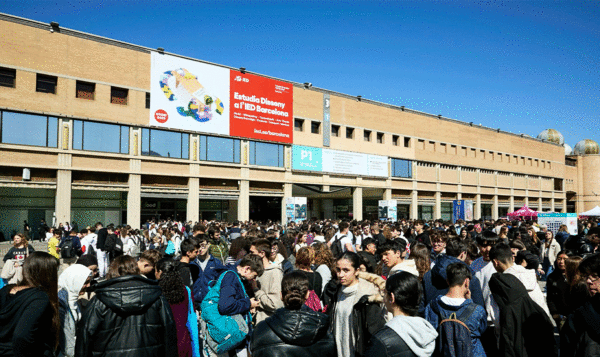The design of public spaces plays a crucial role in the urban environment, as these areas significantly contribute to the quality of life for citizens, fostering social interaction, mobility, and sustainability.
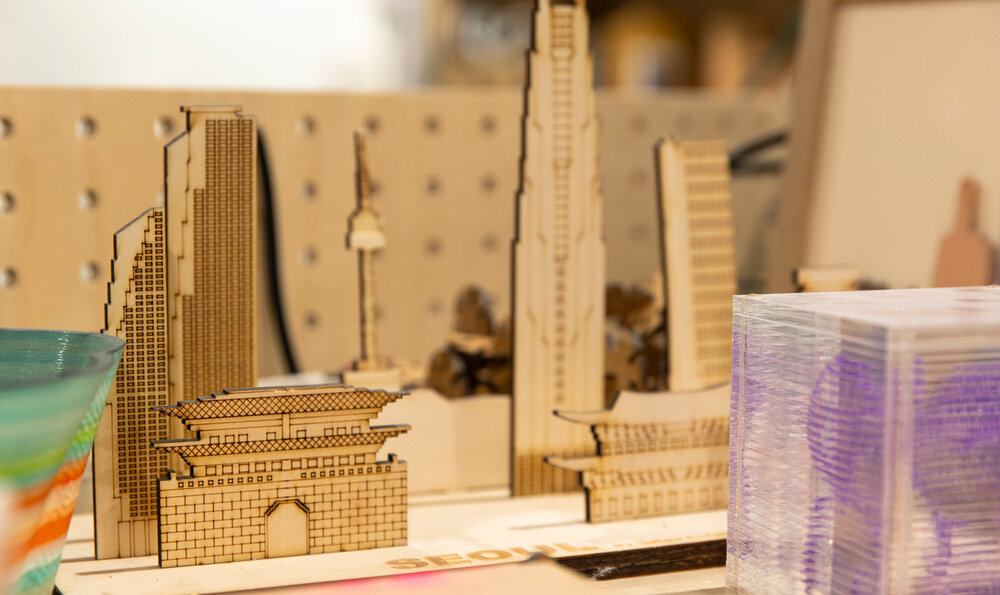
Designing and furnishing public spaces: principles and strategies
Date
14 February 2025
In recent decades, urban design has evolved to incorporate innovative approaches, including social design, which places community needs at its core. The modern perspective views public spaces not only as physical components of a city but also as places of connection, cultural expression, and collective identity. As a result, it has become increasingly important to approach design as an interdisciplinary process, creating spaces that are both inclusive and functional.
In this context, IED stands as a key institution in training future professionals, offering highly specialised programmes such as the Master of Arts in Design for Public Spaces. The goal is to provide advanced skills in placemaking, urban regeneration, and participatory design, preparing future designers for successful careers in the field.
Key principles of public space design
Public space design involves the planning and creation of environments intended for collective use—spaces that are accessible, enjoyable, and designed to improve urban life. The key principles guiding this process include:
- Functionality. Public spaces must accommodate a variety of activities and behaviours, from relaxation to socialisation, while ensuring equal access for all. This means adopting inclusive design solutions, such as barrier-free pathways and accessible seating areas, to cater to diverse needs.
- Aesthetics. Well-designed spaces contribute to a more attractive and welcoming environment, encouraging people to engage with and inhabit these places. The use of high-quality materials, appropriate lighting, and harmonious urban furniture plays a crucial role.
- Sustainability. Today, more than ever, public space design must consider natural resources, environmental impact, and energy efficiency. Sustainable design involves the use of eco-friendly materials, repurposing abandoned spaces, and incorporating green infrastructure into urban planning.
Public space design is also closely linked to social design, which focuses on meeting the needs of people and communities, promoting inclusivity, participation, and collective well-being. In this framework, the role of the designer becomes even more crucial, extending beyond technical skills to include interdisciplinary teamwork, community engagement, and co-design facilitation.
A successful designer must be able to listen, mediate, and communicate effectively while integrating principles of social, economic, and environmental sustainability. Their work must reflect cultural contexts and local dynamics, offering practical yet sensitive solutions tailored to real community needs.
Placemaking and urban regeneration
Placemaking focuses on creating spaces that hold meaning and value for the people who use them. Effective placemaking enhances and revitalises public spaces, transforming them into vibrant and welcoming environments that encourage community interaction and well-being.
Successful urban regeneration projects can be observed in cities across Italy and worldwide, including the transformation of abandoned industrial sites or the redevelopment of neglected neighbourhoods.
However, urban regeneration is not just about physical renewal—it also impacts social and economic dynamics. It can drive local economic growth, improve residents' quality of life, and create new job opportunities. Community involvement is essential, as citizens play a key role in shaping the characteristics and functions of a space through active participation.
Urban planning and participatory design
Urban planning is a strategic process that involves managing, organising, and designing public spaces for long-term sustainability. Thoughtful planning results in cities that are more structured, accessible, and liveable.
In this context, participatory design plays a fundamental role. Direct citizen engagement in decision-making leads to spaces that genuinely meet community needs and foster a stronger sense of belonging.
Many participatory projects have demonstrated positive outcomes, showing that when people are involved in shaping their environment, they develop a stronger attachment to it, and the success of urban interventions is amplified. While this approach enhances inclusivity and democracy, it also presents challenges in balancing diverse social interests and managing complex group dynamics.
Furnishing and designing public spaces
The design of public spaces is not only about architecture and infrastructure but also about urban furnishings, which play a significant role in shaping the experience of city life. The choice of materials, colours, and forms, as well as the arrangement of elements within a space, all influence well-being and social behaviour, even encouraging interaction between people. Well-planned lighting, the presence of green spaces, and the integration of comfortable and accessible furnishings can make a place more welcoming and encourage social engagement, helping to foster a sense of belonging and community. Aesthetic appeal, which is essential for making public spaces more attractive and enjoyable, is therefore closely linked to functionality, ensuring comfort and accessibility for all.
Current trends in public space furnishings show a growing emphasis on the use of natural and recycled materials, the selection of modular and adaptable furniture, and the integration of technological solutions. The aim is to create more dynamic, sustainable environments that can meet the needs of a constantly evolving society.
Education and career opportunities in public space design
Career opportunities in this field are diverse, with increasing demand from public administrations, design studios, non-profit organisations, and private companies. Keeping skills up to date is essential, as urban design evolves rapidly with advancements in technology, changes in regulations, and shifts in social dynamics.
IED, through its Master of Arts in Design for Public Spaces, offers highly specialised and comprehensive training. Over two years, participants develop a wide range of skills, from architectural design to the management of participatory processes, from sustainable design to the interaction between design and communities.
